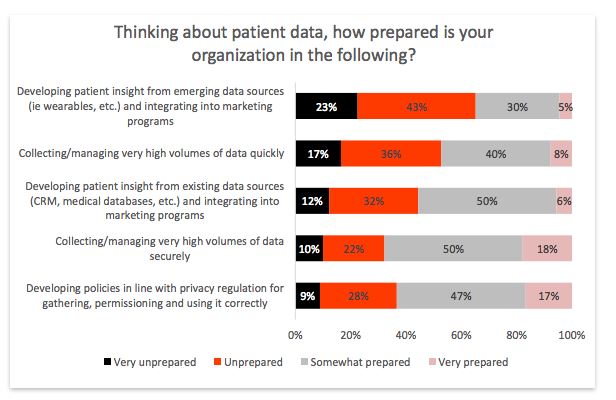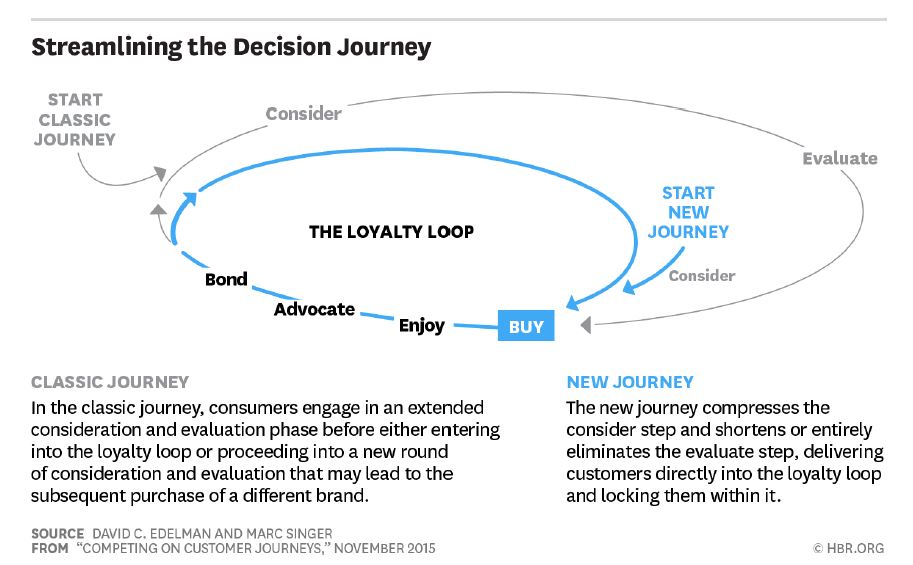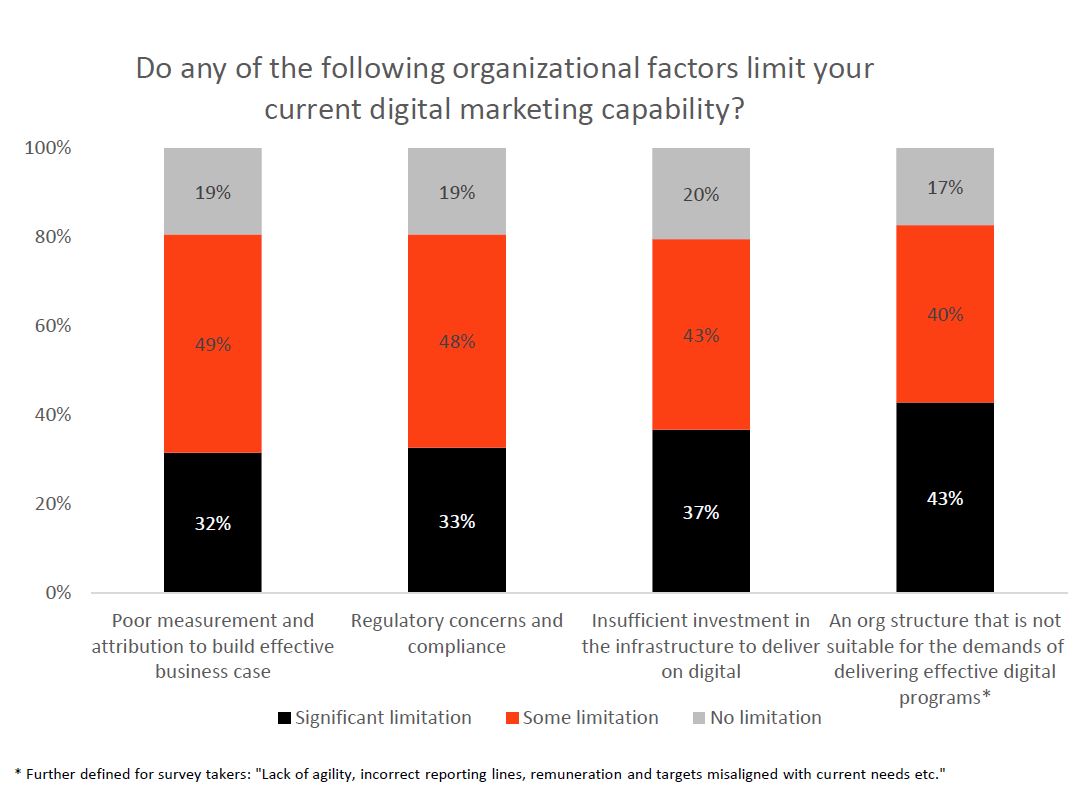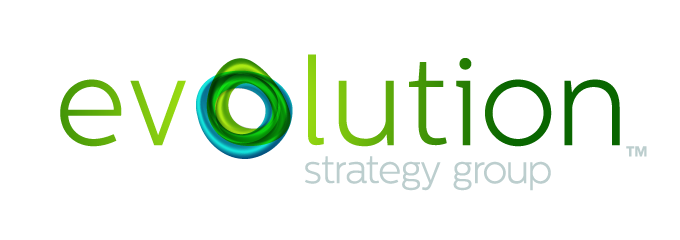The healthcare industry — especially pharma and life sciences — has lagged behind others not only in terms of understanding their customers but also in serving their needs. Although there are myriad reasons for this, e.g. strict regulations and steep fines, there are workarounds that companies in regulated industries, healthcare in particular, can leverage so that customer relationships are truly built outside traditional lines.
Most healthcare companies use either CRM or CMS databases to collect customer information. Yet, however “big” the data, knowing how to use them remains an important challenge. In fact, a recent online survey of healthcare marketers representing pharmaceuticals, medical devices, direct healthcare providers and others demonstrates that most of these companies are ill-equipped to capture, analyze and integrate this information in a way that delivers value to their customers.
 Source: The HealthCare Study: Organizing Marketing in the Digital Age, October 2015
Source: The HealthCare Study: Organizing Marketing in the Digital Age, October 2015
One solution lies in more thoroughly understanding who customers are and the journey that they take when engaging with offerings or services. Ideally, the goal is to streamline anything and everything that impedes customer satisfaction or fails to meet customer expectations. At the crux is the need to provide the information the customer wants sooner in the decision-making process in order to shorten the evaluation phase and to focus on delivering more after purchase to build a more personal relationship with the customer. A visual of the new, streamlined journey created by David Edelman and Marc Singer from McKinsey & Company, illustrates this.
 Source: Harvard Business Review, Competing on Customer Journeys, November 2015
Source: Harvard Business Review, Competing on Customer Journeys, November 2015
However, simply streamlining the journey is not enough. To provide additional value, it’s important to connect customers to content every step of the way, when and how they require (and desire) it. For example, resources to engage and provide expert, unbiased guidance can help solidify product or service selections. Additionally, a solid investment in follow-up to further support purchasers (newsletters, social media connections, rewards program, etc.) will build and maintain customer relationships, ideally beyond loyalty to the advocacy stage where they will share company/product information with friends and family.
Unfortunately, most companies within the healthcare industry still appear to be mired in the Sisyphus phase of their own internal journeys, trying but not quite reaching the pinnacle of successful engagement. Others are only beginning to recognize the obstacles they face. Take, for example, results from The HealthCare Study that demonstrated significant limitations specifically in investment in overall infrastructure that might move the envelope:

Source: The HealthCare Study: Organizing Marketing in the Digital Age, October 2015
The takeaways are clear:
- Limitations in healthcare in terms of meeting consumer expectations are not solely the result of the regulatory environment. In order to change, companies first must look within to deliver on digital needs. This means the entire company ecosystem might need to evolve so that processes and systems are reinvented in ways that focus on the customer experience.
- Today, digital healthcare consumers define their own journeys. The industry must start to treat those journeys as products in their own right, products that require constant reevaluation, repositioning and real-time attention.
- The industry must streamline and advance the delivery of content so that it meets customers on their own terms, at the right time, for the right reasons.
- Finally, if done correctly, personalized journeys will provide long-term customer relationships and a competitive edge.

